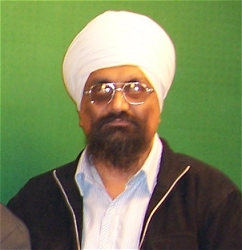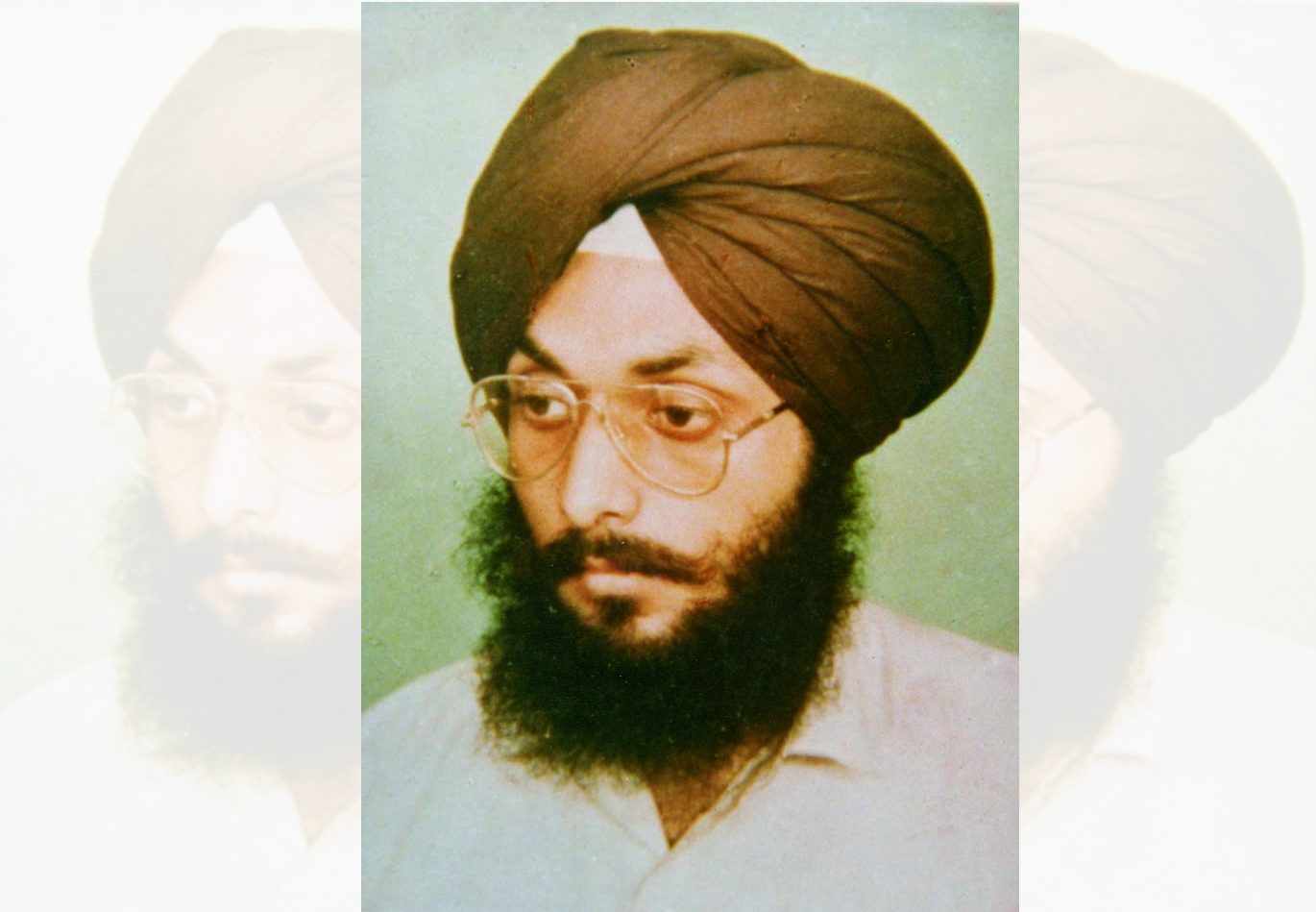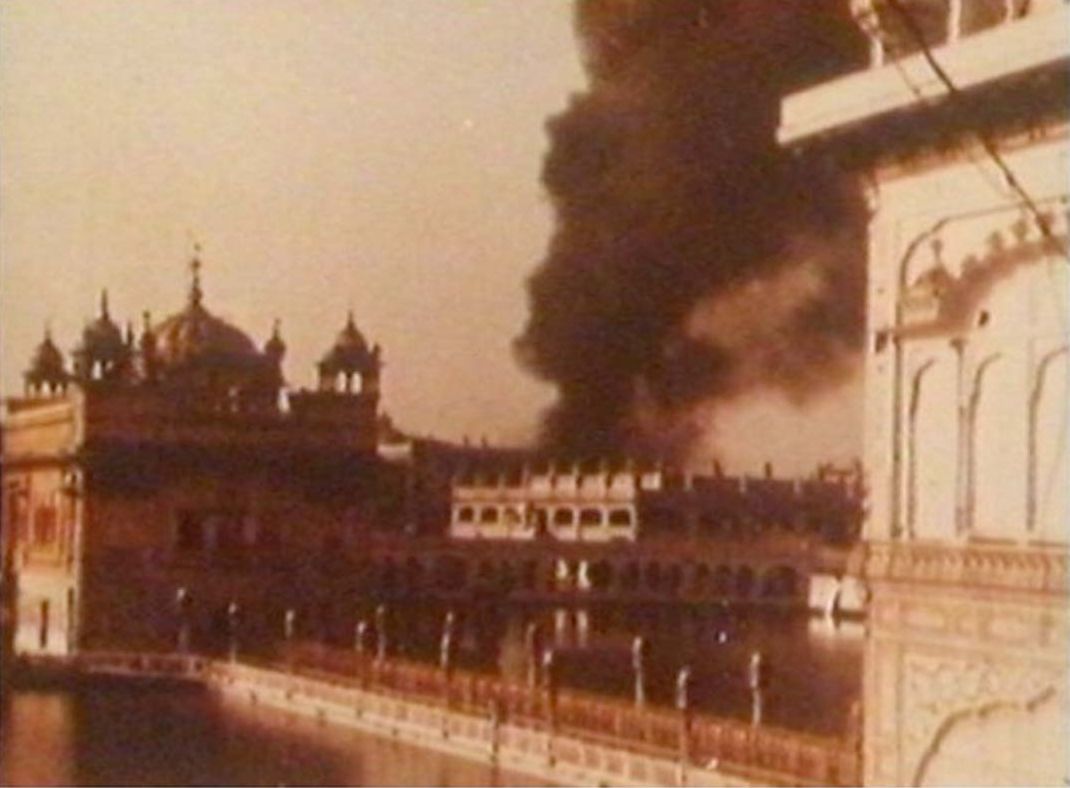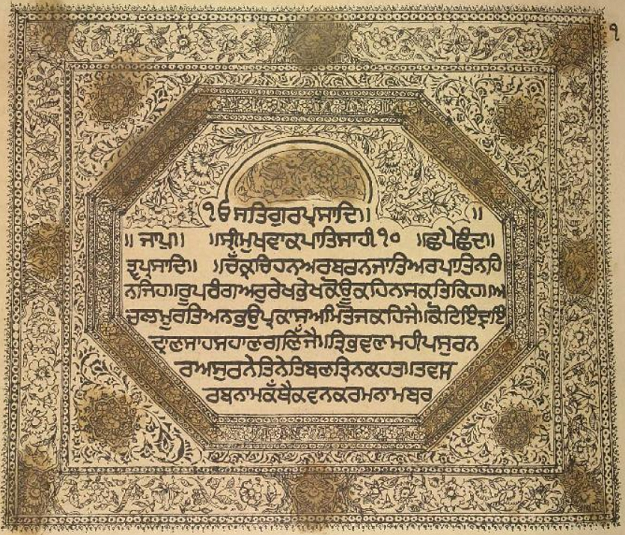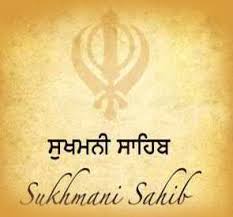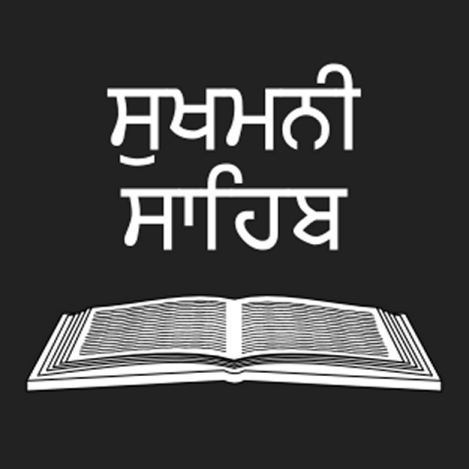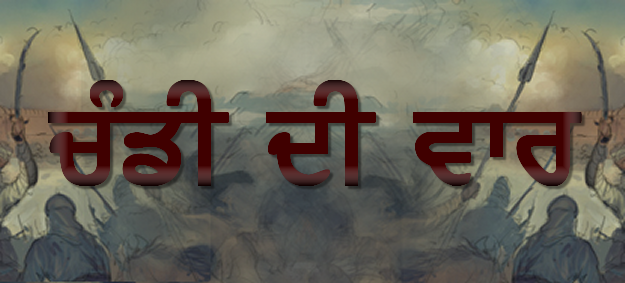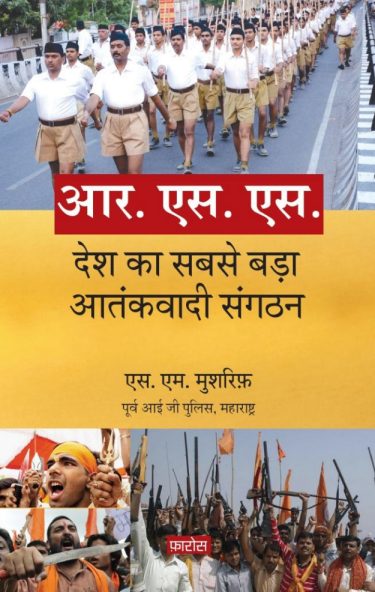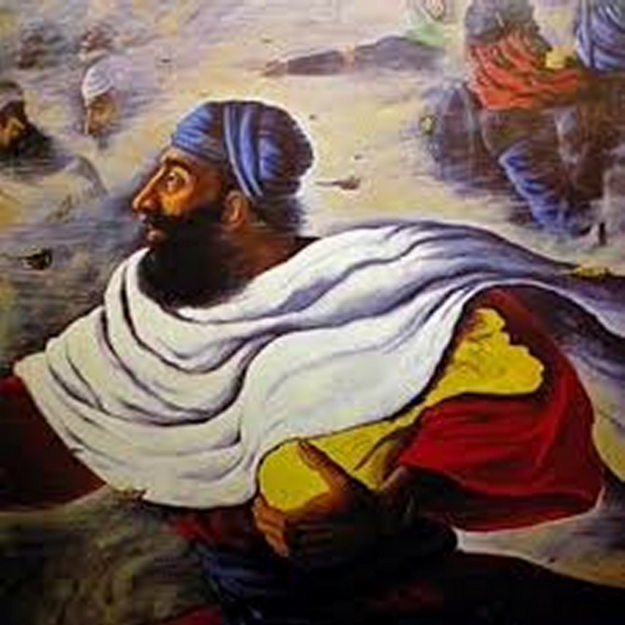
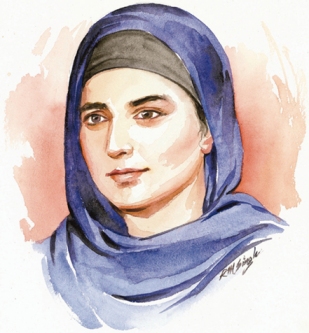
The Dastar (turban) is a very important part of Sikh religion. To Sikhs it is more than what is a crown to a king or queen. The Sikh Gurus showed a great respect to the turban. But some people think it is only for men, and women are not required to wear it. This article will explain why Sikh women should wear the Dastar (turban).
First I will quote from Guru Granth Sahib. Guru Ji says:
ਨਾਪਾਕ ਪਾਕੁ ਕਰਿ ਹਦੂਰਿ ਹਦੀਸਾ ਸਾਬਤ ਸੂਰਤਿ ਦਸਤਾਰ ਸਿਰਾ ॥੧੨॥
naapaak paak kar, hadoor hadeesaa; saabat soorat dastaar siraa. ||12||
Purify what is impure, and let the Lord's Presence be your religious tradition.
Let your total awareness be the turban on your head. ||12|| (Ang 1084, SGGS)
"Sabat Soorat Dastar Sira" means, "Let your total awareness be the turban on your head." This clearly states that a Sikh is instructed to live a natural life and have unshorn hair, and to protect and keep those hair clean he/she must wear a Dastar on his/her head. This line does not make an exception to women. Sikh Gurus gave women equal rights. Both men and women are given the same message, which means the above line implies to both not only to men. If we are Sikhs of Guru Granth Sahib Ji then we must wear a Dastar, no matter if you are male or female.
Guru Gobind Singh Ji and Rehtname (codes of conduct) make very clear points about women wearing Dastar. Guru Gobind Singh Ji said:
ਜਬ ਲਗ ਖਾਲਸਾ ਰਹੇ ਨਿਆਰਾ, ਤਬ ਲਗ ਤੇਜ ਦੀਓ ਮੈ ਸਾਰਾ ॥
"Jab Lab Khaalsa Rehe Niaara, Tab Lag Tej Diyoo(n) Mai Saara" which means "
As long as Khalsa preserves its uniqueness and follows the path of true Guru I will bless them with all of my powers."
This clearly shows that Khalsa must have its uniqueness, which means to have that uniqueness one must have a Dastar on his/her head. Furthermore, when Bhai Jait Mal Ji presented the head of Guru Tegh Bahadur Ji to Guru Gobind Singh Ji, Guru Ji said "I will give my Sikh a distinct and unique appearance, which will be recognized while standing in millions". This uniqueness comes from following the path of Sikhi, which is to have unshorn hair and wearing Dastar on the head. One can easily recognize a Sikh by looking at a appearance most of which does come from the Dastar. Guru Ji did not say that he would give uniqueness only to men. When Guru Ji said "Khalsa" he meant men and women both. Men and women both are Khalsa. Guru Ji gave the same Rehat Maryada (code of discipline), same uniqueness, same message, same articles of faith, same religious Bana (dress) and same rights, then how is it that women are excluded in some quarters from wearing the Dastar. Guru Ji made no distinction and referred to men and women as Khalsa, and instructed them to wear a Dastar. In above line the word "Niara" clearly means different from others, and it does imply wearing a Dastaar. It doesn't say only men have to be "Niara".
Furthermore, Guru Gobind Singh Ji said:
ਖਾਲਸਾ ਮੇਰੋ ਰੂਪ ਹੈ ਖਾਸ ॥
"Khalsa Mero Roop Hai Khaas" which means, "Khalsa is my own self image."
Again, Khalsa means men and women both. Guru Ji did not make two different Sikhs or Khalsa. He made one Sikh and there can only be one type or kind of Sikh. There is only one Khalsa. Women make different hair styles, color their hair, and tie them in a bun at the nape of the neck, which is prohibited. Those women in this shape are nowhere near Guru Gobind Singh Ji's image. Guru Ji always wore a Dastar. Not only did Guru Gobind Singh Ji, but also all of the other nine Gurus practiced wearing a Dastar. So how are women who dye their hair keeping the "Roop" (image) of Guru Gobind Singh Ji? Simply put, they are not! Guru Ji had one image not two. Guru Ji had unshorn hair and wore a Dastar. Women without a Dastar do not even come close to that image. When those women look in the mirror, do they see Guru Gobind Singh Ji? I don't think so. The Dastar is a sign of dignity. Men still have their dignity but where is the women's dignity? They have lost it to fashion. Not many Sikh women wear a Dastar but their numbers are steadily growing. Even white Sikhs men and women wear Dastars. Women must wear the turban as instructed by Guru Ji himself because that's what makes them unique and an image of Guru Ji.
Right up to the reign of Maharaja Ranjit Singh, Sikh women had been steadfast in following the edicts of the Satguru (True Guru) in respect to their spiritual inner life as well as dress, including the Dastar. That is what J. D. Cunningham himself saw and wrote in the middle of the Nineteenth Century when he wrote his book, 'History of the Sikhs'. He writes: "The Sikh women are distinguished from Hindus of their sex by some variety of dress but chiefly by a higher top knot of hair." Even after the Panjab came under the British rule, the Dastar was conspicuously seen in the case of Sikh women as well as men right up till the Gurdwara movement and the establishment of the Shiromani Gurudwara Prabandhak Committee in 1926. Until then, no one - men or women were allowed initiation (by taking Amrit) at Sri Akal Takhat Sahib without a Dastar. At the end of the nineteenth century and the beginning of the present one, as a result of the Sikh renaissance movement, a number of Khalsa schools for girls were established in Punjab. A small Dastar was prescribed as an obligatory head dress for students as well as for teachers in such schools at Jaspalon, Ferozepur and Sidhwan in Punjab.
(Courtesy of searchsikhism.com)
Views and opinion expressed in guest editorials/columns are of the author and do not necessarily reflect the view or opinion of Panthic.org or Khalsa Press.


